#plant sources
Explore tagged Tumblr posts
Text
Planet's Fucked: What Can You Do To Help? (Long Post)
Since nobody is talking about the existential threat to the climate and the environment a second Trump term/Republican government control will cause, which to me supersedes literally every other issue, I wanted to just say my two cents, and some things you can do to help. I am a conservation biologist, whose field was hit substantially by the first Trump presidency. I study wild bees, birds, and plants.
In case anyone forgot what he did last time, he gagged scientists' ability to talk about climate change, he tried zeroing budgets for agencies like the NOAA, he attempted to gut protections in the Endangered Species Act (mainly by redefining 'take' in a way that would allow corporations to destroy habitat of imperiled species with no ramifications), he tried to do the same for the Migratory Bird Treaty Act (the law that offers official protection for native non-game birds), he sought to expand oil and coal extraction from federal protected lands, he shrunk the size of multiple national preserves, HE PULLED US OUT OF THE PARIS CLIMATE AGREEMENT, and more.
We are at a crucial tipping point in being able to slow the pace of climate change, where we decide what emissions scenario we will operate at, with existential consequences for both the environment and people. We are also in the middle of the Sixth Mass Extinction, with the rate of species extinctions far surpassing background rates due completely to human actions. What we do now will determine the fate of the environment for hundreds or thousands of years - from our ability to grow key food crops (goodbye corn belt! I hated you anyway but), to the pressure on coastal communities that will face the brunt of sea level rise and intensifying extreme weather events, to desertification, ocean acidification, wildfires, melting permafrost (yay, outbreaks of deadly frozen viruses!), and a breaking down of ecosystems and ecosystem services due to continued habitat loss and species declines, especially insect declines. The fact that the environment is clearly a low priority issue despite the very real existential threat to so many people, is beyond my ability to understand. I do partly blame the public education system for offering no mandatory environmental science curriculum or any at all in most places. What it means is that it will take the support of everyone who does care to make any amount of difference in this steeply uphill battle.
There are not enough environmental scientists to solve these issues, not if public support is not on our side and the majority of the general public is either uninformed or actively hostile towards climate science (or any conservation science).
So what can you, my fellow Americans, do to help mitigate and minimize the inevitable damage that lay ahead?
I'm not going to tell you to recycle more or take shorter showers. I'll be honest, that stuff is a drop in the bucket. What does matter on the individual level is restoring and protecting habitat, reducing threats to at-risk species, reducing pesticide use, improving agricultural practices, and pushing for policy changes. Restoring CONNECTIVITY to our landscape - corridors of contiguous habitat - will make all the difference for wildlife to be able to survive a changing climate and continued human population expansion.
**Caveat that I work in the northeast with pollinators and birds so I cannot provide specific organizations for some topics, including climate change focused NGOs. Scientists on tumblr who specialize in other fields, please add your own recommended resources. **
We need two things: FUNDING and MANPOWER.
You may surprised to find that an insane amount of conservation work is carried out by volunteers. We don't ever have the funds to pay most of the people who want to help. If you really really care, consider going into a conservation-related field as a career. It's rewarding, passionate work.
At the national level, please support:
The Nature Conservancy
Xerces Society for Invertebrate Conservation
Cornell Lab of Ornithology (including eBird)
National Audubon Society
Federal Duck Stamps (you don't need to be a hunter to buy one!)
These first four work to acquire and restore critical habitat, change environmental policy, and educate the public. There is almost certainly a Nature Conservancy-owned property within driving distance of you. Xerces plays a very large role in pollinator conservation, including sustainable agriculture, native bee monitoring programs, and the Bee City/Bee Campus USA programs. The Lab of O is one of the world's leaders in bird research and conservation. Audubon focuses on bird conservation. You can get annual memberships to these organizations and receive cool swag and/or a subscription to their publications which are well worth it. You can also volunteer your time; we need thousands of volunteers to do everything from conducting wildlife surveys, invasive species removal, providing outreach programming, managing habitat/clearing trails, planting trees, you name it. Federal Duck Stamps are the major revenue for wetland conservation; hunters need to buy them to hunt waterfowl but anyone can get them to collect!
THERE ARE DEFINITELY MORE, but these are a start.
Additionally, any federal or local organizations that seek to provide support and relief to those affected by hurricanes, sea level rise, any form of coastal climate change...
At the regional level:
These are a list of topics that affect major regions of the United States. Since I do not work in most of these areas I don't feel confident recommending specific organizations, but please seek resources relating to these as they are likely major conservation issues near you.
PRAIRIE CONSERVATION & PRAIRIE POTHOLE WETLANDS
DRYING OF THE COLORADO RIVER (good overview video linked)
PROTECTION OF ESTUARIES AND SALTMARSH, ESPECIALLY IN THE DELAWARE BAY AND LONG ISLAND (and mangroves further south, everglades etc; this includes restoring LIVING SHORELINES instead of concrete storm walls; also check out the likely-soon extinction of saltmarsh sparrows)
UNDAMMING MAJOR RIVERS (not just the Colorado; restoring salmon runs, restoring historic floodplains)
NATIVE POLLINATOR DECLINES (NOT honeybees. for fuck's sake. honeybees are non-native domesticated animals. don't you DARE get honeybee hives to 'save the bees')
WILDLIFE ALONG THE SOUTHERN BORDER (support the Mission Butterfly Center!)
INVASIVE PLANT AND ANIMAL SPECIES (this is everywhere but the specifics will differ regionally, dear lord please help Hawaii)
LOSS OF WETLANDS NATIONWIDE (some states have lost over 90% of their wetlands, I'm looking at you California, Ohio, Illinois)
INDUSTRIAL AGRICULTURE, esp in the CORN BELT and CALIFORNIA - this is an issue much bigger than each of us, but we can work incrementally to promote sustainable practices and create habitat in farmland-dominated areas. Support small, local farms, especially those that use soil regenerative practices, no-till agriculture, no pesticides/Integrated Pest Management/no neonicotinoids/at least non-persistent pesticides. We need more farmers enrolling in NRCS programs to put farmland in temporary or permanent wetland easements, or to rent the land for a 30-year solar farm cycle. We've lost over 99% of our prairies to corn and soybeans. Let's not make it 100%.
INDIGENOUS LAND-BACK EFFORTS/INDIGENOUS LAND MANAGEMENT/TEK (adding this because there have been increasing efforts not just for reparations but to also allow indigenous communities to steward and manage lands either fully independently or alongside western science, and it would have great benefits for both people and the land; I know others on here could speak much more on this. Please platform indigenous voices)
HARMFUL ALGAL BLOOMS (get your neighbors to stop dumping fertilizers on their lawn next to lakes, reduce agricultural runoff)
OCEAN PLASTIC (it's not straws, it's mostly commercial fishing line/trawling equipment and microplastics)
A lot of these are interconnected. And of course not a complete list.
At the state and local level:
You probably have the most power to make change at the local level!
Support or volunteer at your local nature centers, local/state land conservancy non-profits (find out who owns&manages the preserves you like to hike at!), state fish & game dept/non-game program, local Audubon chapters (they do a LOT). Participate in a Christmas Bird Count!
Join local garden clubs, which install and maintain town plantings - encourage them to use NATIVE plants. Join a community garden!
Get your college campus or city/town certified in the Bee Campus USA/Bee City USA programs from the Xerces Society
Check out your state's official plant nursery, forest society, natural heritage program, anything that you could become a member of, get plants from, or volunteer at.
Volunteer to be part of your town's conservation commission, which makes decisions about land management and funding
Attend classes or volunteer with your land grant university's cooperative extension (including master gardener programs)
Literally any volunteer effort aimed at improving the local environment, whether that's picking up litter, pulling invasive plants, installing a local garden, planting trees in a city park, ANYTHING. make a positive change in your own sphere. learn the local issues affecting your nearby ecosystems. I guarantee some lake or river nearby is polluted
MAKE HABITAT IN YOUR COMMUNITY. Biggest thing you can do. Use plants native to your area in your yard or garden. Ditch your lawn. Don't use pesticides (including mosquito spraying, tick spraying, Roundup, etc). Don't use fertilizers that will run off into drinking water. Leave the leaves in your yard. Get your school/college to plant native gardens. Plant native trees (most trees planted in yards are not native). Remove invasive plants in your yard.
On this last point, HERE ARE EASY ONLINE RESOURCES TO FIND NATIVE PLANTS and LEARN ABOUT NATIVE GARDENING:
Xerces Society Pollinator Conservation Resource Center
Pollinator Pathway
Audubon Native Plant Finder
Homegrown National Park (and Doug Tallamy's other books)
National Wildlife Federation Native Plant Finder (clunky but somewhat helpful)
Heather Holm (for prairie/midwest/northeast)
MonarchGard w/ Benjamin Vogt (for prairie/midwest)
Native Plant Trust (northeast & mid-atlantic)
Grow Native Massachusetts (northeast)
Habitat Gardening in Central New York (northeast)
There are many more - I'm not familiar with resources for western states. Print books are your biggest friend. Happy to provide a list of those.
Lastly, you can help scientists monitor species using citizen science. Contribute to iNaturalist, eBird, Bumblebee Watch, or any number of more geographically or taxonomically targeted programs (for instance, our state has a butterfly census carried out by citizen volunteers).
In short? Get curious, get educated, get involved. Notice your local nature, find out how it's threatened, and find out who's working to protect it that you can help with. The health of the planet, including our resilience to climate change, is determined by small local efforts to maintain and restore habitat. That is how we survive this. When government funding won't come, when we're beat back at every turn trying to get policy changed, it comes down to each individual person creating a safe refuge for nature.
Thanks for reading this far. Please feel free to add your own credible resources and organizations.
#us election#climate change#united states election#resources#native plants#this took 3 hours to write so maybe don't let it flop? i know i write long posts. i know i follow scientists on here#that study birds and corals and other creatures#i realize i did not link sources/resources for everything. i encourage those more qualified to add things on. i need to go to work
17K notes
·
View notes
Text
Lucanis would abuse the eluvian network to get the freshest ripest fruits and vegetables from wherever they grow best every single week and he's so right for that
#source: the codex where he wants peaches but ONLY if he can find orleasian ones#& when he says he prefers fresh herbs and buys some plants for harding. and also when harding apologizes to him later and offers the arrow#and he says More Herbs Actually#look. if i had a magical doorway into palisaide colorado even if i had to fight or sneak past mountian lions and bears to get to it#I WOULD EAT NOTHING BUT PALISADE PEACHES FROM JULY THROUGH SEPTEMBER#theyre all i dream about#anyway#lucanis#lucanis dellamorte#dragon age#dragon age: veilguard#dragon age: the veilguard#lucanisposting#jade plays dav#datv spoilers#da4 spoilers
675 notes
·
View notes
Note
how do you come up with the ways cultures in your setting stylize people/animals/the world in general in their artwork, i.e. jewlery, rock carvings, statues, etc? Each culture in your world seems to have a very unique "art style" and I love it a lot - makes them seem that much more 'real'. This is something I struggle with a lot in my own worldbuilding and I'd love to pick your brain if possible 😁
I think a starting point is to have a research process based in the material realities of the culture you're designing for. Ask yourself questions like:
Where do they live? What's the climate/ecosystem(s) they are based in? What geographic features are present/absent?
What is their main subsistence method? (hunter gatherer, seasonal pastoralist, nomadic pastoralist, settled agriculturalist, a mix, etc)
What access to broader trade networks do they have and to whom? Are there foreign materials that will be easily accessible in trade and common in use, or valuable trade materials used sparingly in limited capacities?
Etc
And then do some research based on the answers, in order to get a sense of what materials they would have routine access to (ie dyes, metal, textiles, etc) and other possible variables that would shape how the art is made and what it's used for. This is just a foundational step and won't likely play much into designing a Style.
If you narrow these questions down very specifically, (ie in the context of the Korya post- grassland based mounted nomads, pastoralist and hunter-gatherer subsistence, access to wider trade networks and metals), you can direct your research to specific real world instances that fit this general idea. This is not to lift culturally specific concepts from the real world and slap them into your own setting, but to notice commonalities this lifestyle enforces - (ie in the previous example- mounted nomadic peoples are highly mobile and need to easily carry their wealth (often on clothing and tack) therefore small, elaborate decorative artwork that can easily be carried from place to place is a very likely feature)
For the details of the art itself, I come up with loose 'style guides' (usually just in my head) and go from there.
Here's some example questions for forming a style (some are more baseline than others)
Are geometric patterns favored? Organic patterns? Representative patterns (flowers, animals, stars, etc)? Abstract patterns?
Is there favored material(s)? Beads, bone, clay, metals, stones, etc.
When depicting people/animals, is realism favored? Heavy stylization? The emotional impression of an animal? Are key features accentuated?
How perspective typically executed? Does art attempt to capture 3d depth? Does it favor showing the whole body in 2 dimensions (ie much of Ancient Egyptian art, with the body shown in a mix of profile and forward facing perspective so all key attributes are shown)? Will limbs overlap? Are bodies shown static? In motion?
Does artwork of people attempt to beautify them? Does it favor the culture's conception of the ideal body?
Are there common visual motifs? Important symbols? Key subject matters?
What is the art used for? Are its functions aesthetic, tutelary, spiritual, magical? (Will often exist in combination, or have different examples for each purpose)
Who is represented? Is there interest in everyday people? Does art focus on glorifying warriors, heroes, kings?
Are there conventions for representing important figures? (IE gods/kings/etc being depicted larger than culturally lesser subjects)
Is there visual shorthand to depict objects/concepts that are difficult to execute with clarity (the sun, moon, water), or are invisible (wind, the soul), or have no physical component (speech)?
Etc
Deciding on answers to any of these questions will at least give you a unique baseline, and you can fill in the rest of the gaps and specify a style further until it is distinct. Many of these questions are not mutually exclusive, both in the sense of elements being combined (patterns with both geometric and organic elements) or a culture having multiple visual styles (3d art objects having unique features, religious artwork having its own conventions, etc).
Also when you're getting in depth, you should have cultural syncretism in mind. Cultures that routinely interact (whether this interaction is exchange or exploitation) inevitably exchange ideas, which can be especially visible in art. Doing research on how this synthesizing of ideas works in practice is very helpful- what is adopted or left out from an external influence, what is retained from an internal influence, what is unique to this synthesis, AND WHY. (I find Greco-Buddhist art really interesting, that's one of many such examples)
Looking at real world examples that fit your parameters can be helpful (ie if I've decided on geometric patterns in my 'style guide', I'll look at actual geometric patterns). And I strongly encourage trying to actually LEARN about what you're seeing. All art exists in a context, and having an understanding of how the context shapes art, how art does and doesn't relate to broader aspects of a society, etc, can help you when synthesizing your own.
#I have a solid baseline because I like learning about history so don't do this like. Full research process every time. It's just the gist#of what the core process is.#I think I've gotten a similar question about clothing in the past that I never answered (sorry) so yeah this applies to that as well#Though that involves a heavier preliminary research end (given there are substantially more practical concerns that shape the#making of clothing- material sources they have access to (plant textile? wool? hide? etc). The clothing's protective purpose (does#it need to protect from the sun? wind? mild cold? extreme cold?). Etc#Also involves establishing like. Beauty conventions. Gendered norms of dress. Modesty conventions. Etc#I think learning about the real world and different cultures across history is like. The absolute most important thing for good#worldbuilding. And this means LEARNING learning. Having the curiosity to learn the absolute myriad of Things People Do#and Why We Do Them and how we relate to shared aspects of our world. The commonalities and differences. I think this is like...#Foundational to having the ability to synthesize your own rather than just like. copy-pasting concepts at random
346 notes
·
View notes
Photo
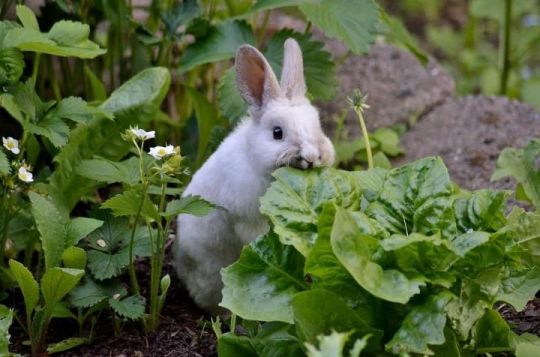

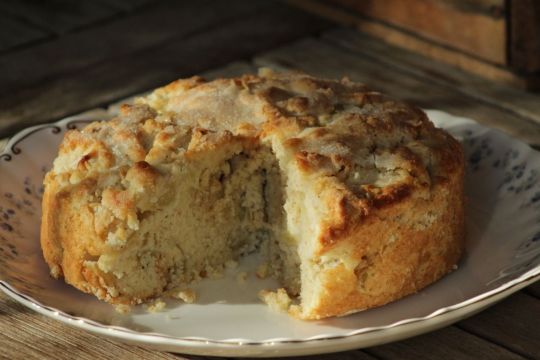
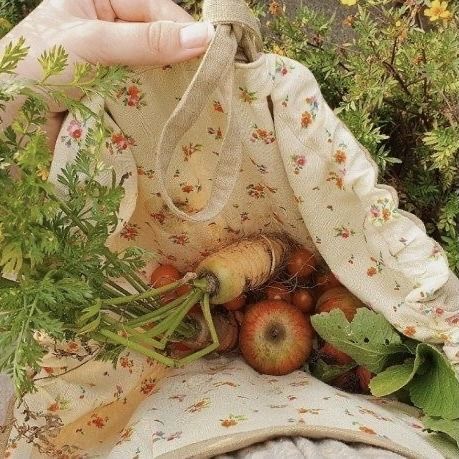
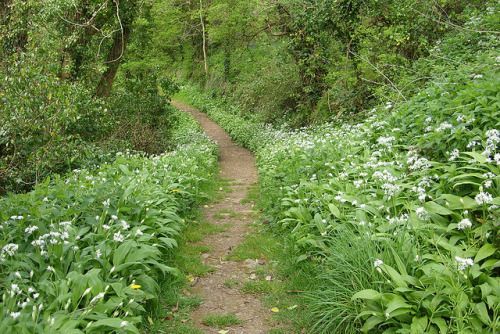
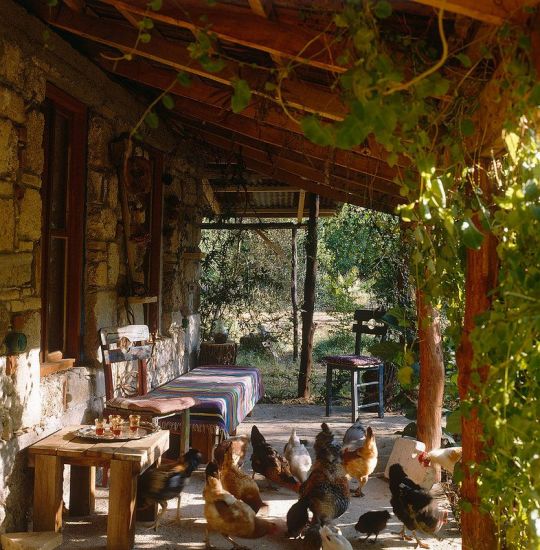
#cottage#cottagecore#cottage aesthetic#countrycore#dirtcore#plant#plants#plantblr#plantcore#fae#faecore#fae aesthetic#source: pinterest#my upload
2K notes
·
View notes
Text
Being a novice gardener whose first priority is creating a welcoming place for wildlife with plenty of native plants and natural food sources has made me even more aware of how many people genuinely despise nature and wild animals especially. Like gardening communities and resources are filled with an absurd amount of disdain for anything other than bees, butterflies, and pretty birds that never ever eat anything from the garden.
Finding other people with similar goals and desires to mine, people who love native flora and fauna and want to welcome animals in rather than keep them out, feels like finding an oasis in the desert. I know things are getting better, I know this attitude is changing, but it feels so slow and difficult.
#i've been looking up how to plant berry bushes directly in a yard#and every single page seems to come with a guide on how to build cages around them to keep the birds out#but i? want the birds???#i don't even like blueberries i just want to provide a native and natural food source for animals
235 notes
·
View notes
Text

Oh to have a personal greenhouse, organized by plant purposes and properties
498 notes
·
View notes
Text
DATV Mini-Rant about the lack of Lyrium Potions in this Game
A small thing that immediately made my stomach drop when playing DATV was the fact that there are no lyrium potions.
I did an elective on game design in university and chose Origins as my game of choice for my final essay because I always loved how much the game incorporated the world/lore in its game mechanics! Call it pathetic or sad (I won't blame you lmao) but this series was the first video game that engaged me so deeply with its story-telling that I wanted to dissect it. That's why I'm focusing on the lack of magical cocaine in a fantasy game series.
Lyrium is a substance that serves as a game mechanic and a major lore/world-building element. It's use is essential if you play the game as a mage or have party members that are mages - it replenishes mana in game, its use is central to being a mage within the story (harrowing, rituals, etc...), and it's a major export/plot relevant resource that is important to the world at large.
So imagine my surprise when I boot up DATV for the first time and there's no lyrium potions as a mage character. My main interest in the game series was for its lore and story (RIP) so I didn't look too hard into developer interviews or videos about the combat itself - it would either be good or bad, but that wasn't my main draw to the game. I kept playing, wondering if I would ever unlock another slot for potions, perhaps, but then it was abundantly clear that it wasn't the case.
It's a small thing, but popping a lyrium potion mid-combat has the same effect that hearing people say 'Maker's breath' and 'Thank the Maker' does. It's this little bit of world-building that reminds me that I'm playing a Dragon Age game. It's not just a 'mana potion' or some other glowy blue magic vial...it's this substance that's important to the world and that has a reason to be there beyond rejuvenating my mage.
It's the major export of Orzammar -> the pillar of its economy.
It's the substance that allows waking mages to enter the Fade -> it allowed me to save Connor Guerrin with the aid of other mages.
It's the substance that the Chantry uses to leash it's templars through addiction -> an addiction I encouraged Cullen to overcome in DAI.
It's the substance used in the Rite of TRANQUILITY.
It's the substance that allows my warrior character to take on the templar specialization in each game -> Alistair and Ser both talk about lyrium and its relevance to training (in DA2 you just do it lmao)
It's the substance burned into Fenris's skin by Danarius.
It's the literal blood of the Titans -> lyrium veins are literal veins (such a cool design choice in DAI to make them look like blood capillaries!)
And all the time in DAO, DA2, and DAI my mage characters were downing this substance like there was no tomorrow.
Even though the combat changed in DA2 and DAI they still kept lyrium potions for mages. Even though they simplified herbalism from DAO in the next two games, they still required the player to interact with the world and find the ingredients for these potions. It was this gameplay mechanic that linked the player to the world -> I know that I need blood lotus to set shit on fire, elfroot for healing potions/lyrium potions, etc... It was cool game design, having game mechanics and lore interconnected like this.
(Not saying that picking up dozens of elfroots was fun or the best game design, btw -> but it's just an example of how they linked the world and game mechanics together, and I like the intent behind it! Cool design does not equal effective design lmao)
What do we get in DATV? No lyrium, whatsoever, just healing potions.
Potions we don't even have to work to find or get crafted! Just break some green shit and there it is! We don't pick up ingredients or discover unique flora to each of these Northern Areas for our own use. We don't loot potions or ingredients from corpses, sacks, boxes, chests (etc...) to replenish our own stock. A healing potion in this game is not a potion you craft, made from ingredients you found, it's a button I press on my controller. It's lost that immersive link - especially when your companions can toss another one at you while being effectively immortal in combat.
The only new flora we hear of is Broma's Bloom which I did like the lore behind! It's used in dye to colour the Warden's armour and its growth is a sign that the damage of the Blight is lessening. I love that! That's a cool bit of lore! Especially since it's named after Andraste's mother in a land that is supposed to be extremely religious. Geographically unique flora and fauna (biodiversity) is just as important as architectural design when designing an area - DAI did this amazingly well with the different creatures and plants we could run into in each area!
The first time we meaningfully talk about lyrium is when we go to Kal Sharok for the first time - a decent amount of game time since the beginning of the game, depending how fast you play. And then, when we get there, the lyrium looks like a bunch of crystals from a 'grow your own lyrium' kit. The absence of lyrium from the game world and mechanics is something that was very hard for me to overlook considering its importance to every previous entry. Especially since in this game we address the fucking Titan's and what the fuck happened to them.
Just...imagine playing a mage in Dragon Age and not using lyrium?
This game is a death of a thousand cuts - so many small, meaningful world-building elements and mechanics brushed off - before fucking godzilla comes along and nukes it all with the handling of the main story/lore.
#bring back fictional cocaine aka lyrium dust!#on the subject of lyrium related drama -> why can't i tell Cullen he's drinking dwarven god blood?!#my man would never have lyrium again if he knew that lmao#literal templar blood magic and I can't tell anyone?? >:(#first thing i did when i finished that dlc was to run to Cullen to see if there was any unique dialogue#lyrium visual design in this game was awful - why does it look like something I grow from a kit you could buy? why do I want to lick it?#looks like a ring lollipop#what the hell happened to the titans too?? 'baby's first titan' - why is it so empty?#the one in DAI had a little SEA inside it - not to mention clouds / light source / plants / homes / birds etc...#“it's dead-” -> no it's angry! apparently?! Harding channels it or whatever. I don't care - it's lame and such a downgrade >:(#lyrium#should I do a my meta tag? probably lmao#datv critical#dragon age the veilguard#bioware critical#veilguard critical
87 notes
·
View notes
Text
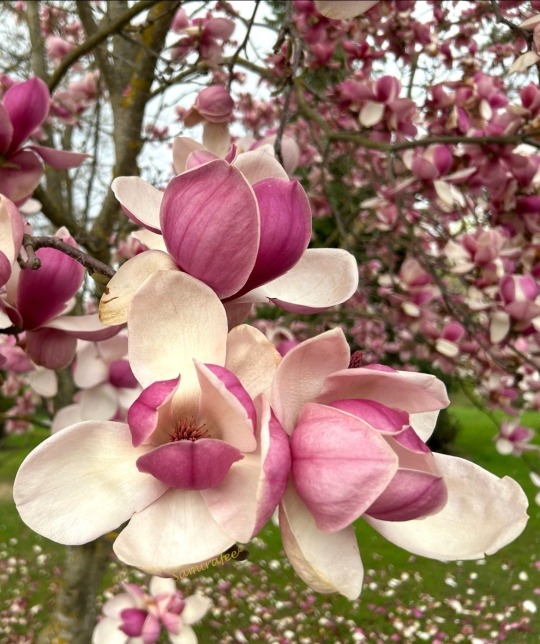

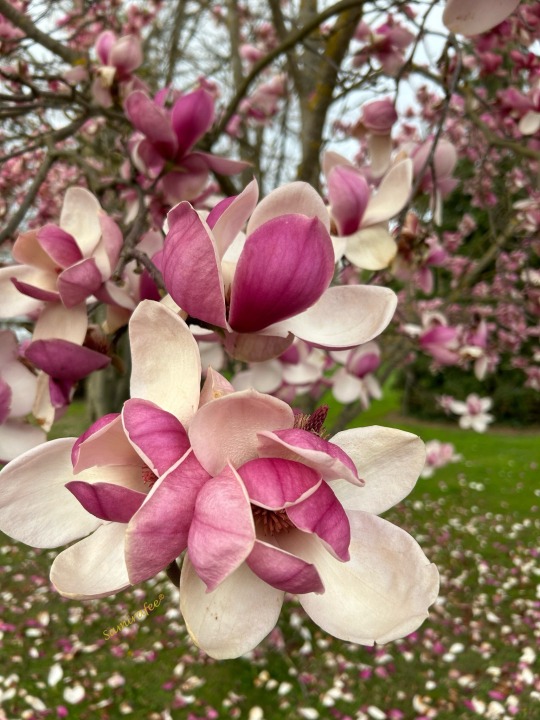
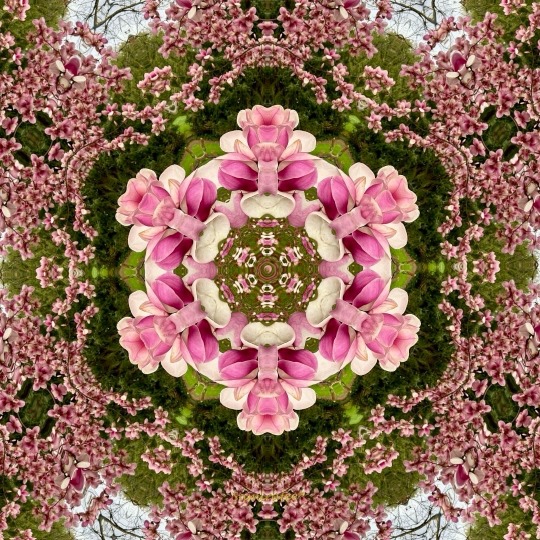

#MAGNOLIA in the park💗🤍💗
@samirafee
#source: samirafee#own pictures#photographers on tumblr#nature#plants#park#magnolia#full bloom#spring#my art#kaleidoscope#april 2024
250 notes
·
View notes
Text

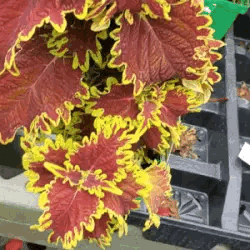
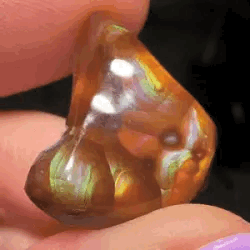

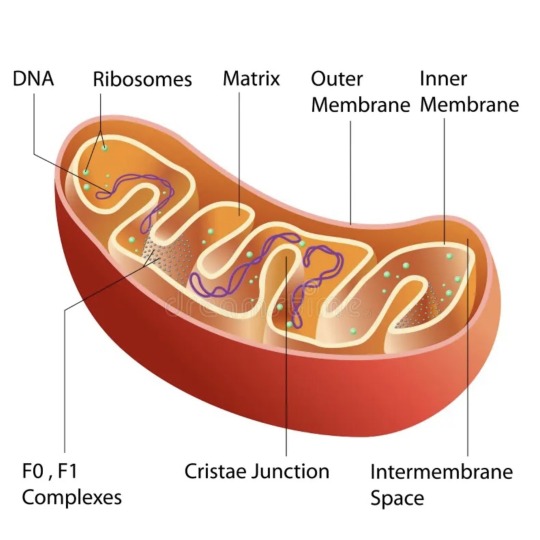

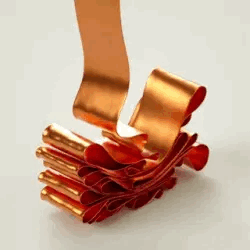


STIMBOARD OF THE POWERHOUSE OF THE CELL!!!!
🟠 🔬 🟠/ 🔬 🟠 🔬 / 🟠 🔬 🟠

#dna#science#mitochondria#cells#coil#yellow#orange#red#gold#test tubes#rock#shiny#plants#leaves#fav#not request#source#stim#stimboard
207 notes
·
View notes
Text

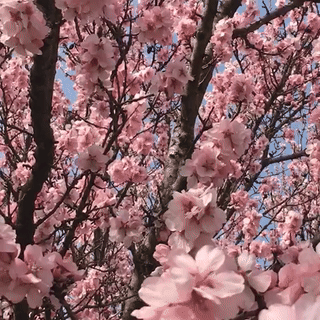


these are almond blossoms if i am not mistaken!✿
(own recording, credit this post if u use)
#stim#nature#plants#flowers#spring#pink#almond blossoms#almond tree#blue#🌒 gifs#i actually might be mistaken i did not check any sources or even look at the flower structure too closely lol#do lmk!
342 notes
·
View notes
Text

Does Bobby live in your pants because your ass is POPPIN
66 notes
·
View notes
Text
ROSE: "I'm a writer" is always a great excuse.
JUNE: why are you researching aztec culture?
ROSE: I’m a writer.
ERIDAN: wwhy are you searchin poisonous flowers
ROSE: I’m a writer.
TEREZI: WHY 1S TH3R3 4 D34D BODY 1N YOUR 4TTIC >:?
ROSE: I’m a writer.
DIRK: Yeah, god forbid you follow your natural curiosity without some self-serving mass-marketed artifice.
ROSE: Yes, that is the reason why there is a dead body in my attic. Natural curiosity.
#submission#Source: @checkmateyourprivelege @sinnergetics and @jewliankushablankas#hey i mean its true its a valid reason for everything you can think of#also along the same lines is 'im getting autistic on the beat'#aztecs? the autism. poisonous plants? the autism. dead body? uh. the autism yeah#homestuck#incorrect homestuck quotes#incorrect quotes#mod dave#rose lalonde#june egbert#john egbert#eridan ampora#terezi pyrope#dirk strider
107 notes
·
View notes
Text
Seed Sources
I updated the sources list for 2024! Here is the Google Docs link for sharing off Tumblr. A lot of my gardening guides are written with the Pacific Northwest in mind, but this should useful for most folks on Turtle Island. For people elsewhere I'm not 100% sure how many of these are able to ship off-continent but it's worth checking out! EDIT: I have found out the hard way that indented bullets do not work on Tumblr for web browser so I have tried my best to make them visually distinct. The Google Doc is formatted properly though.
General/Big Brand Seed Shops
Burpee Seeds
Ed Hume Seeds
Johnny’s Seeds
Renee’s Garden
Territorial Seed
Independent online fruit and veggie shops
(More exotics and rare cultivars)
Adaptive Seeds
Breeds plants specifically to adapt them to the Pacific Northwest
Alliance of Native Seedkeepers
Indigenous-owned seed company
Experimental Farm Network
A network of plant breeders with an extensive collection of unusual cultivars and species of edible plant that don’t commonly appear elsewhere.
Very reputable
Pro-Palestine
Fedco Seeds
Good on social justice issues and have awareness of white supremacy
Maui Seed Company
Lots of Hawaii-growing species, plus soaps!
Pricey
Smart Seeds Emporium
Some of the photos are enhanced stock photos which is a little annoying, but I have ordered from them
True Love Seeds
Works with Black and Indigenous populations to source seeds and does education projects regarding race and ethnicity
Contains unusual seeds from breeding projects
Pro-Palestine
Uprising Seeds
Pro-Palestine
Local to the Pacific Northwest
Succulents and Other Ornamentals
Mesa Garden
Smart Seeds Emporium
Lots of ornamentals in this shop as well as food plants
Germination can be inconsistent on some of their seeds
Avoid/Blacklist
Baker Heirloom Seeds
Take credit for seeds from other sellers, including Indigenous farmers.
Work with Cliven Bundy and upholds white supremacy
#plantblr#plants#resource#Remembered I had a seed sourcing list and figured I should update it for 2024 after making that post
168 notes
·
View notes
Text
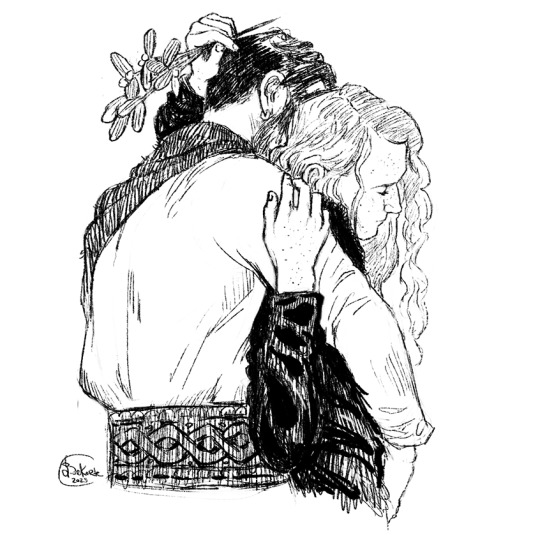
Gáttir allar áður gangi fram um skoðast skyli, um skyggnast skyli, því að óvíst er að vita hvar óvinir sitja á fleti fyrir.
At every door-way, ere one enters, one should spy round, one should pry round for uncertain is the witting that there be no foeman sitting, within, before one on the floor
#norse gods#norse mythology#odin#loki#hávamál#kingcholera dropped some gorgeous poses on patreon and i couldn't resist this one#i looked into the origin of the tradition of kissing under the mistletoe today thinking it couldnt be these myths#and that it was probably a much newer invention#but no#many sources cited the death of baldur and frigg going around asking oaths of all things#and her tears for her son turning to berries on the plant#how lovely#i hope your end of year festivities will be warm and wonderful#without any broken oaths and foemen and bloodshed etc
289 notes
·
View notes
Text
Otto: Daemon won't be able to trace this back to us-
Allard: Are you kidding? He traces everything back to us! He traces things we haven't even done back to us!
#watch daemon plant something on allard in case he cant get real proof to remove him. remove can mean all sorts of things.#to be fair allard; you did do what you did#allard is right to be scared#daemon may not be able to touch otto— yet— but still enough leeway to accidentally have caraxes bite allard in half#whoops#source: derry girls#house of the dragon#resonant by syndrossi
73 notes
·
View notes
Text
imagine being director Northmoor of the FBC and one day you revel so much in your power that you literally explode. and instead of doing anything else about it, the FBC goes ��when life gives a secret paranatural government agency lemons…” and throws your possibly-alive, moving corpse in a power plant so they don’t have to worry about their power bill. then going onwards, people only refer back to you using ominous light-based puns
#that guy was the worst lmao#like so far it seems every director that’s had a connection to the board has met a fate that reflected their person#northmoor was explosive and power hungry and awful. and therefore is forever burning as a fuel source for everyone#but it’s just funny to try to imagine what the hell went down with him. wasn’t trench the one who brought up the idea 😭#control remedy#control 2019#Northmoor#this is always the first ‘secret thing about control!’ on any article or thread#but is really is fun to figure out#this and the book club reviews reflecting the writers deaths in the game#fbc agent painting Northmoor sarcophagus container on the side of the power plant: this is genius
138 notes
·
View notes